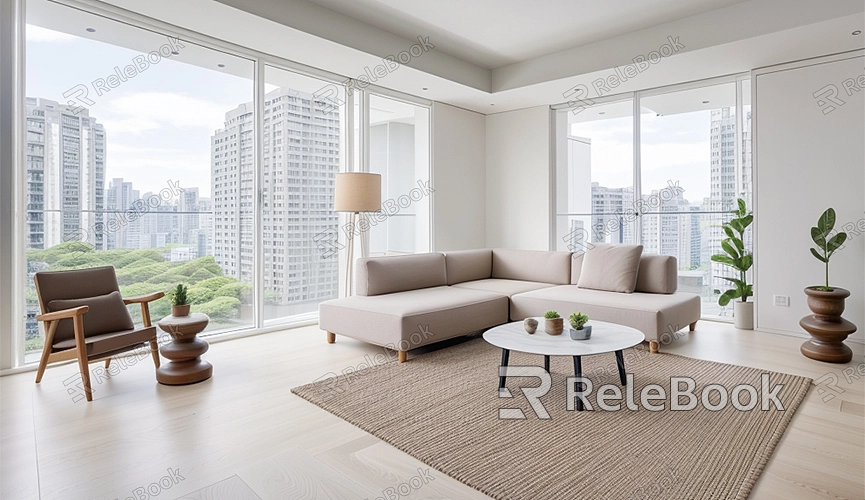How to Use Blender Render
Blender is a powerful open-source 3D modeling and rendering software widely used in animation, game development, visual effects, and more. Mastering rendering in Blender is essential for every 3D artist. This article will introduce you to using Blender for rendering and share practical tips to enhance your rendering quality.
I. Introduction to Blender Rendering Engines
In Blender, there are two main rendering engines to choose from: Eevee and Cycles.
1. Eevee: Ideal for real-time rendering, Eevee offers speed and is suitable for quick previews and real-time animations.
2. Cycles: A physically-based ray-tracing rendering engine known for high-quality rendering, making it suitable for precise final productions.
Choosing the right rendering engine is the first step in rendering.

II. Setting Up the Rendering Engine
1. Open Blender and click on the "Render Properties" icon in the top menu bar (resembling a camera).
2. From the "Render Engine" dropdown menu, select your preferred engine (Eevee or Cycles).
III. Scene Preparation
Before rendering, ensure all elements in your scene are correctly set up.
1. Models and Materials: Ensure all models are properly created and arranged, and materials are applied to each object.
2. Lighting: Lighting setup significantly affects rendering. You can add different types of lights such as point lights, spotlights, adjust their position, intensity, and color.
3. Camera: Set the position and angle of the camera to define the rendering perspective. Preview in "View" -> "Camera View."
IV. Rendering Settings
1. Resolution: In the "Output Properties" panel, set the resolution for rendering images. Higher resolutions generally offer better detail but increase rendering time.
2. Output Format: Choose the output format for rendered results (e.g., PNG, JPEG). PNG format is recommended for its lossless compression and support for transparent backgrounds.
3. Frame Range: If rendering an animation, set the frame range for rendering.
V. Initiating Rendering
1. Render Current Frame: Click on "Render" -> "Render Image" in the top menu bar or press F12. Blender will start rendering the current frame and display it in the image editor upon completion.
2. Render Animation: For rendering an animation sequence, choose "Render" -> "Render Animation" or press Ctrl+F12. Blender will render each frame of the animation and save the results to the specified output folder.
VI. Optimizing Rendering Quality
To achieve better rendering quality, optimize rendering settings:
1. Sampling: Adjust sampling in the "Render Properties" panel. Higher sampling improves image quality but increases rendering time. Finding a balance is key.
2. Denoising: Enable denoising to reduce noise in renders. Find the "Denoising" option in the "Render Properties" panel and enable it.
3. High-Quality Materials and Textures: Using high-quality materials and textures significantly enhances rendering results.
VII. Post-Processing
After rendering, use image editing software (e.g., Photoshop or GIMP) for further adjustments like color correction, brightness, contrast, etc., to enhance image quality.
Practical Applications
Explore practical examples to better understand Blender rendering:
- Case Study 1: Product Visualization
Blender is used for creating realistic product renders, showcasing every detail with precise modeling, realistic materials, and accurate lighting.
- Case Study 2: Animation Production
In animation production, Blender creates high-quality animated shorts through meticulous frame rendering, post-processing, and special effects.
By following this guide, you should gain a clear understanding of rendering in Blender—from choosing the rendering engine to scene setup, optimizing rendering quality, and finalizing with post-processing. These techniques will help you achieve better results in your Blender projects. For high-quality 3D textures, HDRI, or 3D model downloads, consider using Relebook, where textures and models can be directly imported for use in your creations. Feel free to leave any questions or suggestions in the comments for further discussion.

